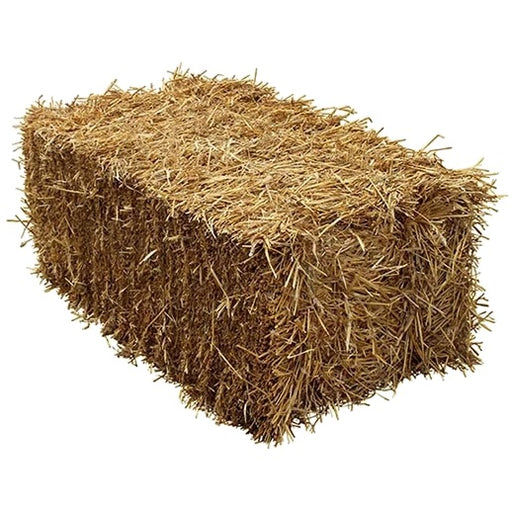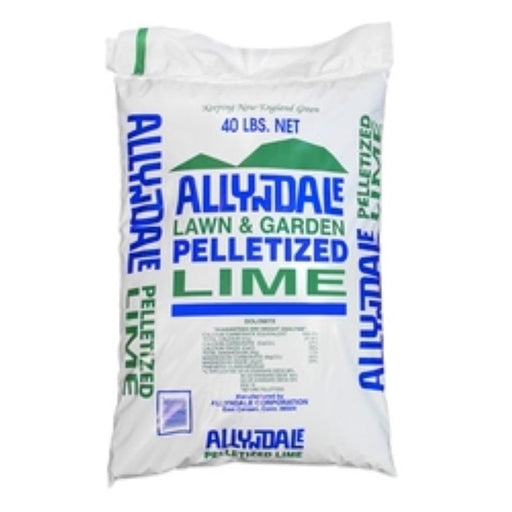Green Lacewings Aphid Control, Pre-Paid Certificate - Organic Control
Limited Availability
Purchase this certificate and redeem online or by phone to have beneficial Green Lacewings sent straight to your door. Put them out in the garden and they are ready to hatch & destroy large numbers of aphids, thrips, mealybugs, leafhoppers and more.
Green Lacewings (Chrysoperla carnea) are predators of many species of pest insects and mites. These attractive pale green insects are an effective natural enemy of many soft-bodied plant pests.
Life Cycle: Lacewing adults are 1/2 to 3/4 inches long. They have transparent, pale green wings and bright metallic gold eyes (they are also known as “Golden Eyes”). They have a characteristic fluttering flight, and sometimes rise from the plants when disturbed, especially at twilight. Adult Lacewings are not themselves predaceous, but feed on honeydew, nectar and pollen. They lay tiny pale green eggs on hair like stalks attached to the underside of leaves or on bark of trees. In several days the Lacewing larvae hatch from these eggs.
The larvae, which are active searchers, will immediately begin moving over the plant in search of food. These larvae are grayish-brown in color, and 3/8 inch long, and have pincher-shaped jaws which they use to seize their prey and suck the juices from its body. Because they are such voracious aphid eaters (consuming as many as 1,000 aphids each per day), they are called “Aphid Lions”. They also devour a great variety of citrus mealbugs, and cottony-cushion scale.
Maturing after two to three weeks, the Lacewing larvae spin a small cocoon of silken thread. The adult Lacewing emerges five days later by neatly cutting a round, hinged lid at the top of the cocoon. The cycle then repeats itself.
The life cycle of Lacewings is directly influenced by climatic conditions. Under summer conditions a complete life cycle can occur within a month, thus many generations can occur each year. Lacewings over winter as adults, but with difficulty; they should be recolonized each spring.
Learn more by visiting the manufacturer's web site: https://organiccontrol.com/






